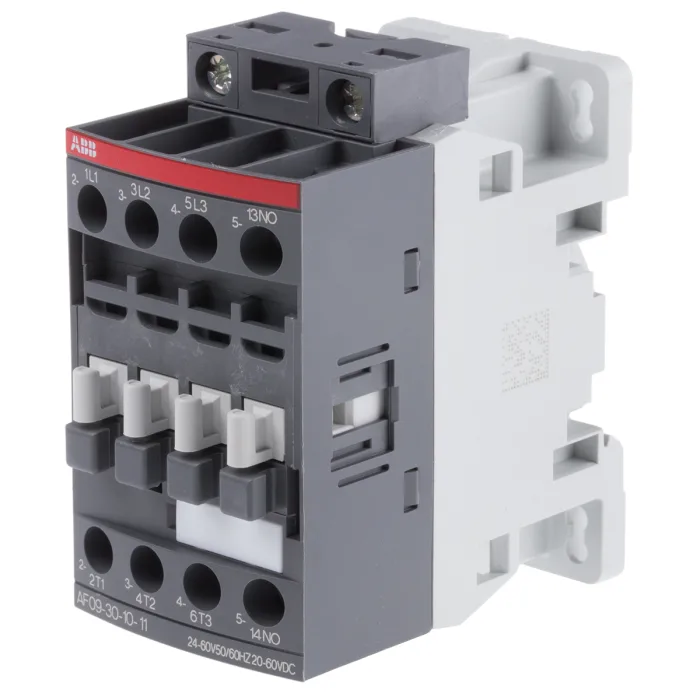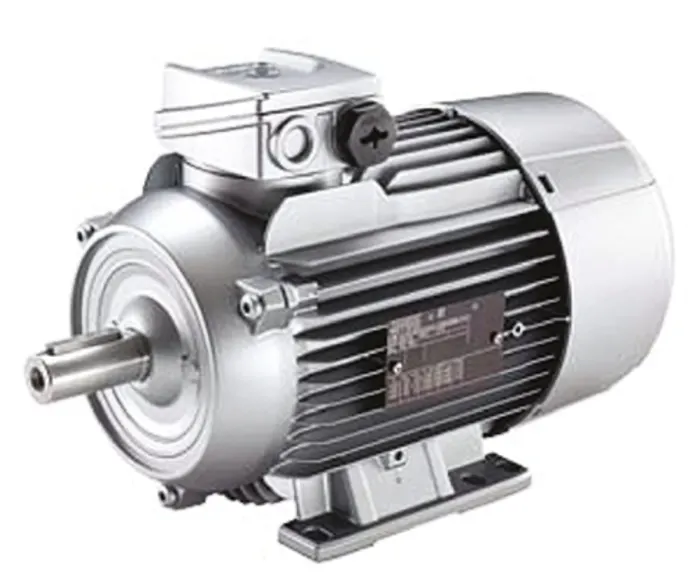This is Part 4 of the series of articles about three (3) phase Ac motor protection. Links to others parts could be found in below links:
Undervoltage Protection
Low line voltage, also referred to as undervoltage is the most common hazard of motor performance. It prevents motors from reaching rated speed on starting and causes motors to lose speed and draw overload currents while running. Protection from the overcurrent conditions is provided by overload relays, but they operate after a time delay depending upon the degree of the overload and the characteristics of the relays. When severe low voltage conditions occur, the motor should be cleared from the line as quickly as possible to provide better protection to the motor.
Protection from low line voltage or complete loss of line voltage is a standard feature on ac motor controllers. Undervoltage protection is inherently provided because the magnetic contactors are maintained in the closed position by the motor's rated line voltage or from a control transformer. The magnetic contactors will close on approximately 85% of the rated coil voltage and open if the voltage is decreased to a point less than the pickup voltage which is usually about 70% of the rated coil voltage.
During a severe voltage dip or a complete loss of the line voltage, while the motor is running, the magnetic contactor will drop out open. If the magnetic contactor opens due to low line voltage, the coil control circuit is broken by the auxiliary control contact and the motor cannot restart until the start button is operated.

The start-stop pushbutton can be replaced with a switch (i.e. pressure switch), or any other type of maintained contact device. With this scheme, the magnetic contactor will open on low or no line voltage to shutdown the motor, but the motor will restart when sufficient voltage is restored to close the line contactor. The control scheme has the disadvantage that several motors on the same power system would restart simultaneously after the voltage has been restored. Simultaneous restarting of several motors will cause a voltage dip that the motors would never be able to accelerate to full speed.
